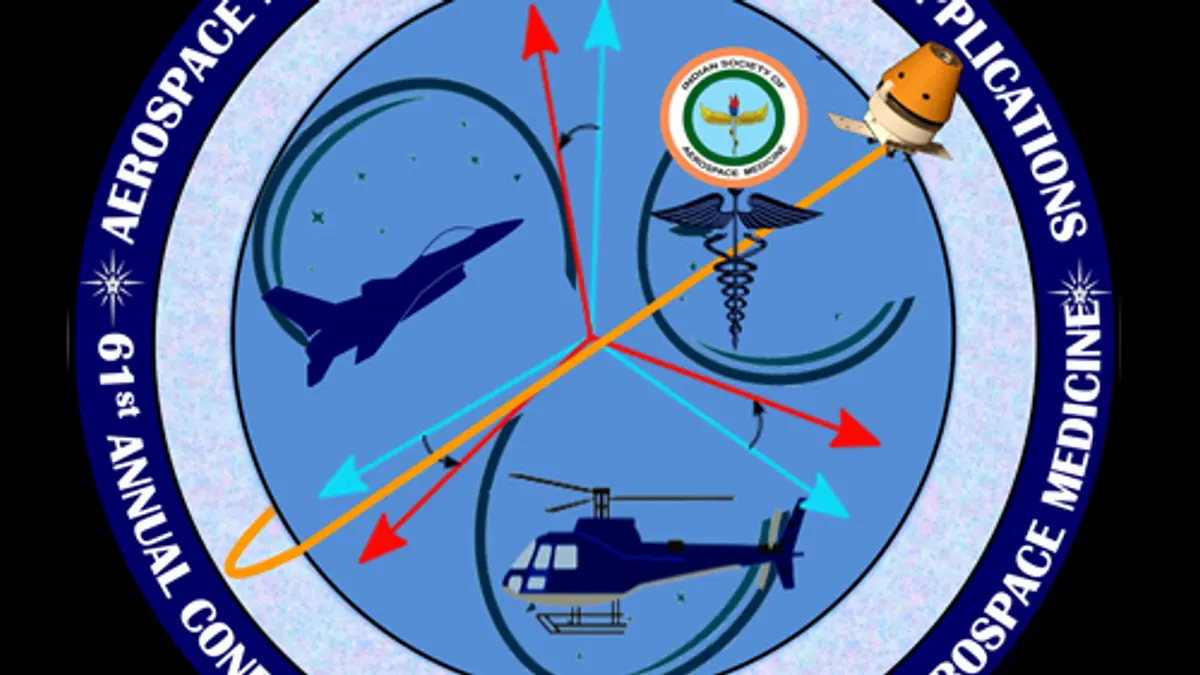
Aerospace Medicine: Did You Know the Followings (Part 2 of n)?
During the numerous TV discussions and debates the author has had in the last few years, it has emerged that very few people in India incl doctors are familiar with a newer branch of medicine called "Aerospace Medicine". Hence, this series of articles has been started essentially to sensitise both doctors and the public. This is a series of articles towards informing/cautioning.
Aerospace Medicine cautions the pilots of Commercial aircraft on the following issues regarding passenger care & comfort:-
- Passenger aircrafts may fly at any altitude but the aircraft pressurization system maintains the cabin pressure equivalent to 8000 ft altitude. At this altitude, there is no significant problem of pressure changes affecting blood oxygenation or other systems.
- If cabin pressure falls below 10000-12000 ft equivalent altitude, personal oxygen masks overhead passenger seats lowered providing 100% Oxygen breathing.
- Any passenger having nose/throat congestion may develop ear pains esp during the descent of the aircraft. This happens due to blocked Eustachian tube(s) that causes unequal pressure in the middle ear. This pain in some could become excruciating occasionally leading to the rupture of the eardrum(s).
- Such passengers are encouraged to speak to inform the crew. There are fast acting nasal drops carried in-flight that open the Eustachian tubes to relieve the discomfort. There are certain individual efforts too (like Valsalva/Toyanbee exercises) that can equalize pressure in the middle ear to relieve pain.
- If still unresolved, pilots are trained to reduce the aircraft descent rate that reduces ear discomfort.
- Any passenger having acute nose/throat congestion may either avoid travelling by aircraft or at least take medicine before flying. Doctors at airports are trained to ascertain the patency of the Eustachian tube by examining through an otoscope.
- Any passenger/patient whose oxygen status is already compromised on ground, may get worse while flying in aircraft. Such individuals may need a personal oxygen breathing system usually available at airport medical facilities or some aircrafts.
